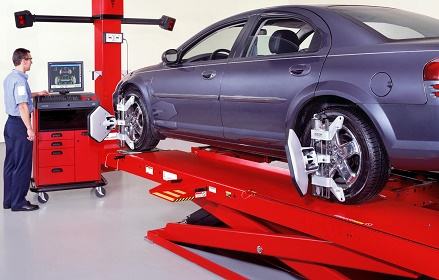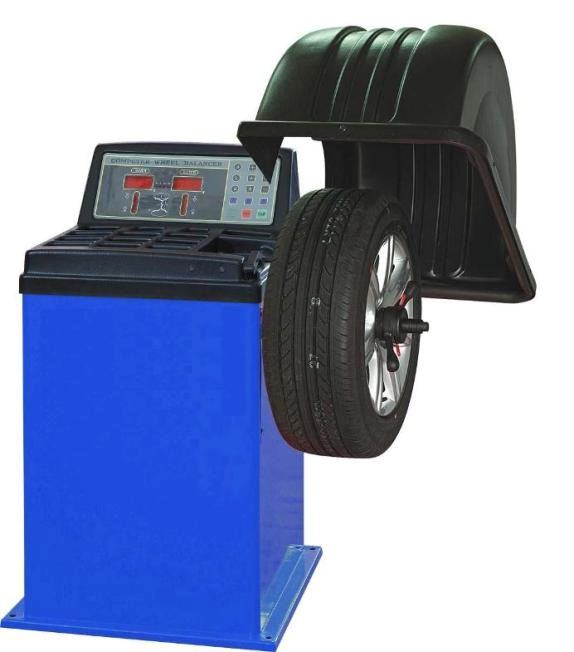Frequently Asked Questions
-
Can I install my tyres today?
Yes!.
While our installer calendar shows a lag of one day for available appointments, most of the installations do happen on the same day.
Delay in installation is a function fo the Installer and the tyres you select. For e.g if the product you have chosen is available in our Dubai warehouse and you have also chosen an installer location in Dubai, chances are that we will be able to help you install the same day. Otherwise installation will be the next day.
The best way to guarantee a same day installation is to identify the tyre and installation option you want, and call us at 044277477 or ask via chat facility on our main/index page.
-
What is wheel alignment, do I really need it?
Your vehicle requires wheel alignment only when your tyres have uneven wear or tracks to a side facing a problem. However, it is recommended that you get your vehicles wheel alignment checked at least once a year.
Wheel alignment consists of adjusting the angles of the wheels so that they are perpendicular to the ground and parallel to each other. The purpose of these alignments is to maximize the tyres life, fuel efficiency and ensure that the vehicle tracks straight and true when driving along a straight and level road.
Some of the symptoms of a vehicle that is out of alignment are,
- Uneven or rapid tyre wear
- Wandering on a straight level road
- Pulling or drifting away from a straight line
- Spokes of the steering wheel off to one side while driving on a straight and level road.
Wheels of a car with loose or worn front end suspension parts cannot be aligned. The technician will first check for worn parts and inform you before beginning the alignment.
The best type of wheel alignment is a four wheel alignment. Many cars today have adjustable rear alignment settings, but even for cars without rear adjustments, a four wheel alignment can allow the technician to identify any rear tracking problems and compensate for them with adjustments to the front.
After the wheel alignment is done, you should drive the car on a straight and level road and check that the car goes straight the steering wheel is in the proper position with the spokes level. If you notice a problem, take the car back and have the technician drive it and fine-tune the alignment settings.

-
Which is the nearest installer to me?
The best way to locate the nearest installer to you is by going to the 'Fitting and Installation' page.
Once on the 'Fitting and Installation' page, just type in your location and hit the 'Submit' button. This will display the results sorted by distance. You can sort the results by Name or Customer ratings as well.
You can also dirill down to an Independent, Premium or a Mobile installer by checking/unclecking the check marks against each.
-
What is wheel balancing and why is it required?

Wheel Balancing allows the tyres and wheels to spin without causing any vibrations. This is done by checking for any heavy spots on the wheel-tire combination and compensating for it by placing a measured lead weight on the opposite site of the wheel from where the heavy spot is. Out-of-balance tyres will cause a car to vibrate at certain speeds, usually between 80 and 120 km/h. An off balance wheel shows the following symptoms,
- Vibration in the steering wheel at certain highway speeds
- Vibration in the seat or floorboard at certain highway speeds
Even a 10 or 20 grams imbalance on a front wheel is enough to cause a noticeable vibration in the steering wheel at about 100Km/h. Many people are pleasantly surprised at how smooth their car drives after balancing all four wheels. Sometimes when you hit a pothole while driving, the lead weight affixed to the wheel falls off, which will result in an unbalanced wheel.

